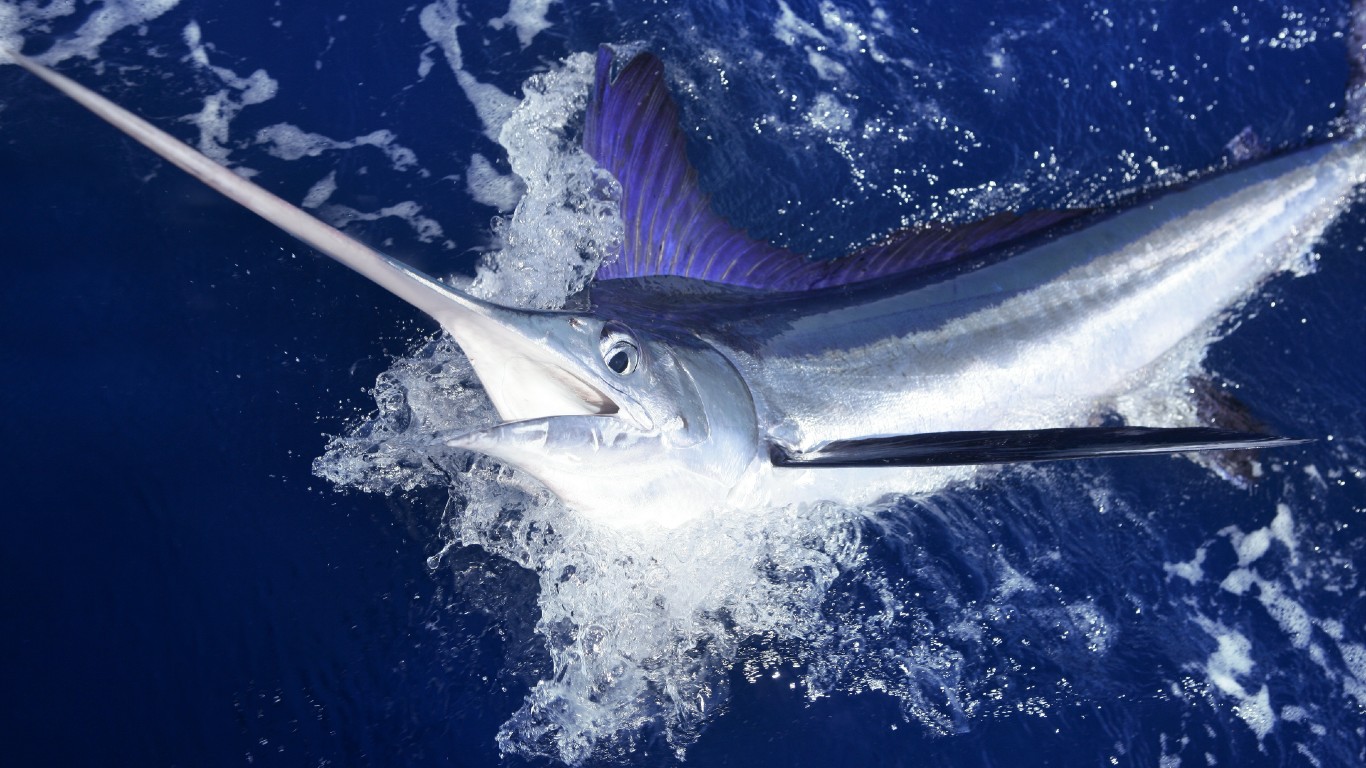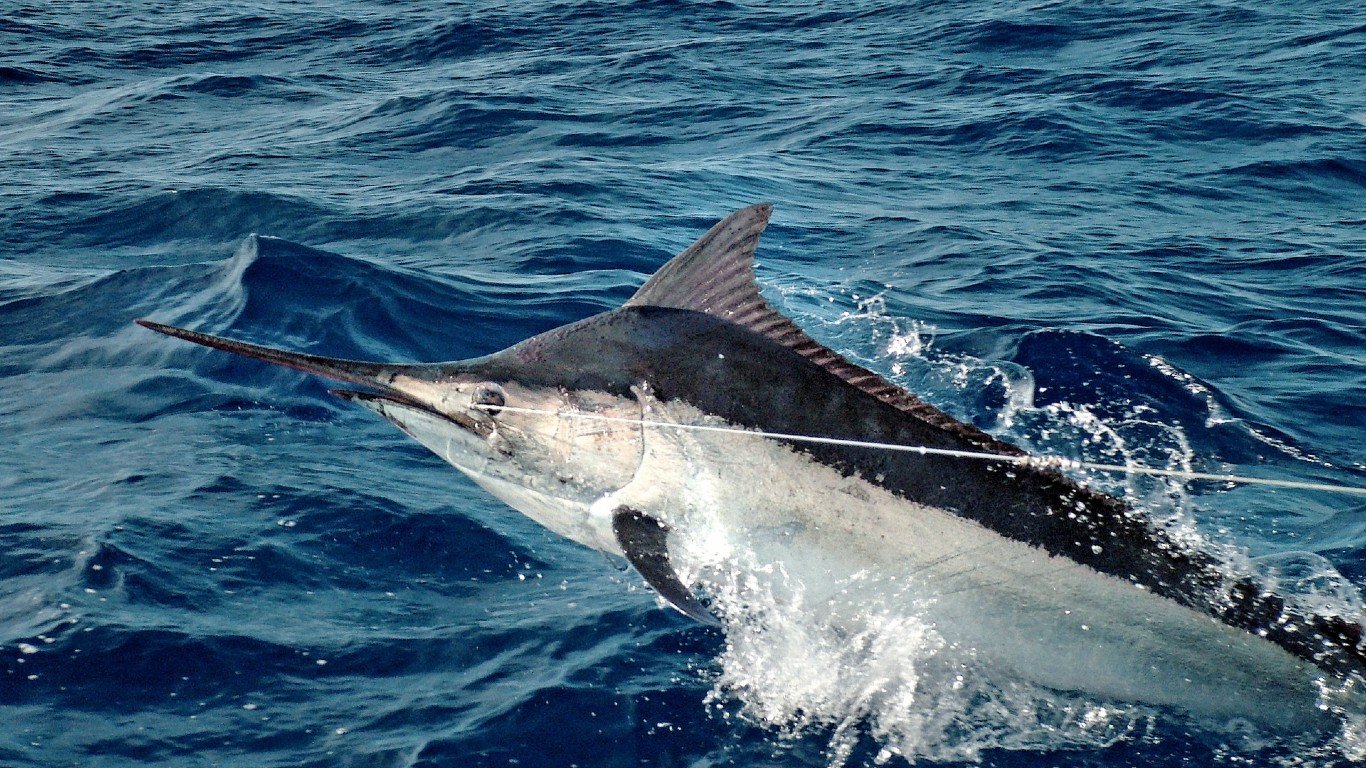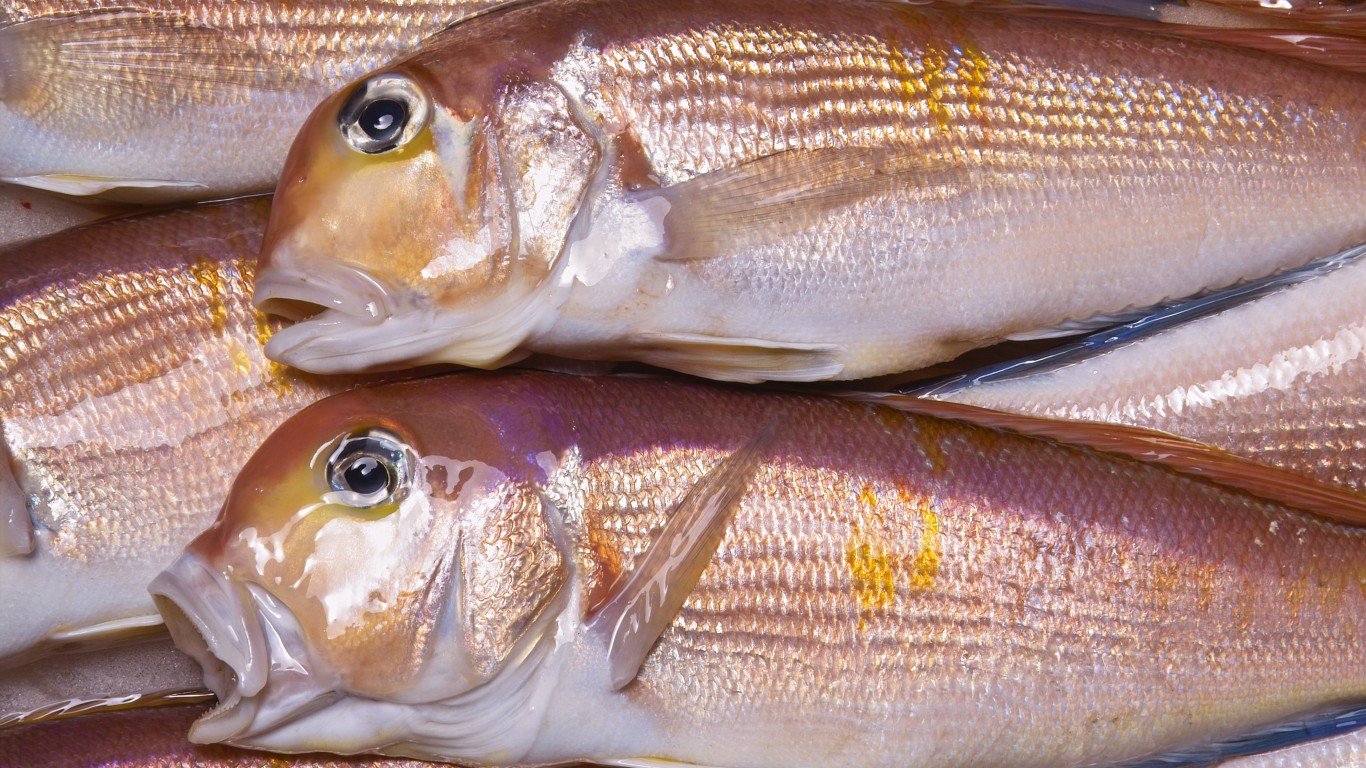
1. Swordfish
> Reason to avoid: High in mercury and parasites
> Farmed or wild-caught: Wild-caught
While only imported longline-caught swordfish is considered unsustainable, in general the fish should be avoided because of its potentially high mercury levels and the possible presence of nematodes or other parasites — though its high levels of nutrients are thought to justify an occasional meal.

2. Marlin
> Reason to avoid: High in mercury, depleted populations, risks to other species
> Farmed or wild-caught: Wild-caught
Marlin can have higher levels of mercury than swordfish. In addition, the fisheries for many types of the fish are considered poorly managed, and sea turtles, sharks, and seabirds may be taken as bycatch.
3. Shark
> Reason to avoid: High in mercury, depleted populations, risks to other species
> Farmed or wild-caught: Wild-caught
Many species of shark have sky-high mercury levels, and shark meat has meager nutritional value, so there’s little reason to eat it. Declining populations are also a problem because of the shark’s essential role in the food chain. Seafood Watch makes an exception for the shark also called spiny dogfish when it’s fished in the United States.

4. Tilefish
> Reason to avoid: High in mercury
> Farmed or wild-caught: Wild-caught
Tilefish could be the unhealthiest fish of all, with extremely high levels of mercury wherever it’s harvested around the world. Those levels are double in tilefish from the Gulf of Mexico. Some tilefish is also taken by unsustainable fishing methods.

5. King Mackerel
> Reason to avoid: High in mercury
> Farmed or wild-caught: Wild-caught
Unlike its smaller, healthier cousins in the mackerel family, the king mackerel — also known as Spanish mackerel — is large enough to guarantee that it will contain a higher level of mercury.






